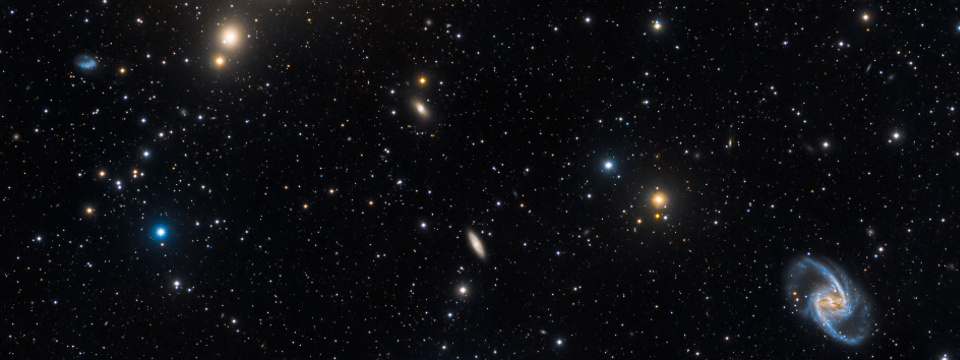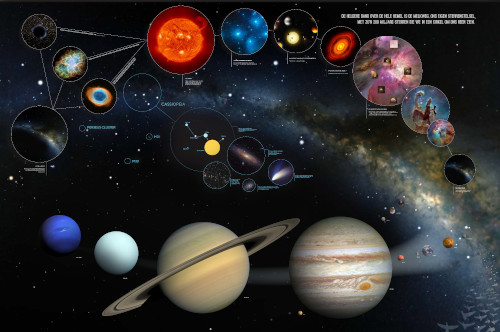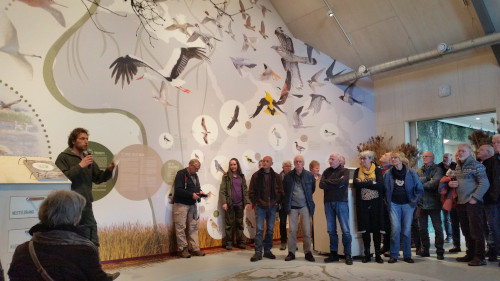
Light Pollution
Since the invention of electric light,
humans live a life that is completely dependent on artificial
light. This light helps people in being more productive, but also
often disturbs the environment. In cities, so much light is being
produced, that people cannot see the Milky Way any more at night.
In recent years, technological advances (primarily LED) have made
lighting cheaper, and easier to deploy, making the problem of
light pollution even worse. Light pollution is bad for the health
of humans, but also for animals. Imaging having a street lamp
right in front of your window!
At the RUG we have a strong programme
in light pollution. Here we make quantitative measurements of the
night sky brightness, and analyse these, with the aim to find out
whether light pollution in the Netherlands and Europe is
increasing and why. We use these findings to show the public the
negative effects of light pollution, and create awareness of the
problem.
1. Regional Activities
I work a lot with Staatsbosbeheer on
improving the Dark
Sky Park Lauwersmeer. Here, I led a team that built
the Dark Sky Park
Lauwersmeer. Telescope. This is a robotic telescope, that is
used by students of the University of Groningen. The telescope was
built with a grant of the Gratama Stichting. Here
you can find a powerpoint presentation about the building of the
telescope.
The Dark Sky Park Lauwersmeer.
Telescope is located on the premises of Staatsbosbeheer. at
the Activiteitencentrum
Lauwersnest. This activity center is open to the public,
and has a permanent exhibition, about birds and astronomy. Below
is a picture of the wall. On the left the wall on the far left,
and on the right the back wall.
\ |
 |
I am co-leading a set of activities to
create awareness for darkness in the North of the Netherlands.
This is the programme 'Donkerte
van de Wadden', funded by the Waddenfonds (2020-2024). This
programme, of 1.5M euro, is a programme with lots of activities,
of which we are a large partner. Project manager is Koosje Lamers.
The programme is run by Science
LinX, the science center of our Faculty of Science and
Engineering.
2. International activities
We are also a partner in 2
international projects, funded by INTERREG
North Sea. Collaborators are my colleagues Jake Noel-Storr
and Theo Jurriens, and various very motivated students.
In this project, running from Oct 2022 - March 2024, we collaborate with the universities of Oldenburg (Germany) and Aarhus (Denmark) to compare various sky brightness monitoring methods, to create a robust system for measuring light pollution.
One of the acrivities here is to expand the sensor network washetdonker.nl of SQM's across the North of the Netherlands. With this sensor network we are monitoring the night sky brightness in real time. We are expanding this network with a network of wide-angle camera's, making it possible to do the measurements in blue, green and red, and also calibrate the imaging with the stars observed here. We are doing this monitoring in 2 sites per network partner.
B. Darker Sky
This project, started in May 2023,
lasting until September 2026, has 15 partners in France, the
Netherlands, Germany and Denmark. The project includes 5 harbours,
in which the partners run projects to reduce light pollution.
Groningen is responsible for reducing the light pollution levels
in the harbor of Lauwersoog. Here we are collaborating with
the Harbor Coalition in Lauwersoog and various other partners in
the 'Projectgroep Masterplan Donkerte'. More information will
follow!
